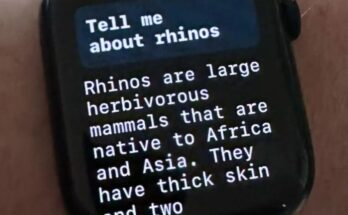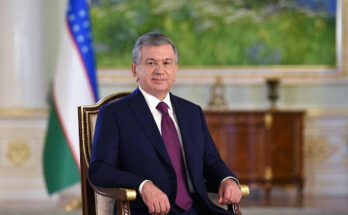In a while, three of the marriages were outside of love; two were mainly for political motives. Samrat’s and Kings were bound to wed the princess of equivalent standing under high pressure.
It’s interesting to note that just one of his spouse belonged to
Here we discuss all king Ashoka and his wives
Samrat Ashoka Married His First Wife Devi When He was 18
After Ashoka turned 18, Samrat Bindusar left him the ruler of Avanti, a region in Ujjain. It’s intriguing to remember the Ashoka that time was called a mysterious general and which was the reason he was sent into Avanti to curb an uprising. But, the heartless general fell in love with a frequent woman and married her.
Ashoka’s First wife Devi didn’t belong to some royal household. She in actuality was the daughter of a retailer of Vidisha. By Mahabodhivamsa, Devi nevertheless belongs to Sakya clan producing her relative of Buddha. This connection however disputed.
Was born two decades following their union in the year 285CE when Ashoka had been 20 years old.
When Ashoka wed Devi, he wasn’t a Samrat but a prince. Afterwards, when he had been called into Pataliaputra again, Devi did not accompany him.
The Second Wife of Ashoka has been Rani Kaurwaki or Karuvaki also Called Charuwaki/Kaurubaki
Yes, even when Ashoka could readily suppress Ujjaini’s revolt by only his existence, he was commended and famous for his bravery and abilities. Rajkumar Sushim could not bear this all, and so he intended to defame Ashoka facing his dad’s eyes. He had been successful in his strategy, which is the reason why Ashoka forced to go from Magadh. He arrived at Kalinga at which he fell in love with Kaurwaki and also wed.
Who afterwards became the ruler of all Takshila. The title of Kaurwaki and Tivala located in Samrat Ashoka’s edicts.
The 3rd Wife of Ashoka was Rani Padmavati
Nothing is known about Rani Padmavati except that Rani Padmavati died quite early and therefore it’s also not known whether the union was from love or a political alliance. But she had been the mom of Ashoka’s third son Kunala.
Anyway, although Kunala was younger than Mahendra and Tivala, He was seen as Ashoka’s heir. This makes us think that Rani Padmavati will decidedly be out of royal history and could be next by Devi and Kaurvaki.
The 4th Wife of Ashoka was Asandhimitra, his Chief Queen
While, both his former unions (Devi and Kaurwaki) were strictly Due to love before he turned into a Samrat, Ashoka’s fourth marriage was a royal conclusion after he became the next king of the Mauryan dynasty. And this time he married a princess unlike his past weddings and gave her all of the royal rights.
The small kingdom that finds its existence in today’s Haryana. Yes, Asandhimitra who wed Samrat Ashoka (not prince Ashoka) became the primary consort of both Chakravartin Ashoka Samrat and continued to remain so until she died her departure in 240CE.
She didn’t bore any kid but cared for Prince Kunala ever Because he was a small boy since his biological mother Rani Padmavati died when he was tiny. This is why Rani Asandhimitra is frequently considered Rani Padmavati, the biological mother of Kunala. But, Asandhimitra and Padmavati were two distinct people.
The Fifth and Last Month of Samrat Ashoka had been Tishyaraksha, again a Commoner
Following Samrat Ashoka’s chief consort Asandhimitra expired in 240CE, Her favourite maid Tishyaraksha cared for Ashoka. It said that she brought Ashoka with her charm, dance and attractiveness. Next, it considered that Ashoka left her his concubine and promoted Tishyaraksha into the place of Chief Queen.
The age gap between Tishyaraksha and Samrat Ashoka has been Enormous. It’s thought that Tishyaraksha was drawn to Ashoka’s son Kunala — the supposed heir to the Magadh throne. But, Kunala considered her mother as a result of her place at the kingdom at that time. Tishyaraksha could not accept this refusal, and this is why she blinded Kunala whose eyes brought Tishyaraksha, the maximum.
Although the appeal of Tishyaraksha for Kunala don’t possess any Historical signs except that they wrote down in just two Bengali books, According to Ashokavadana, it’s known that it had been Tishyaraksha who had been



